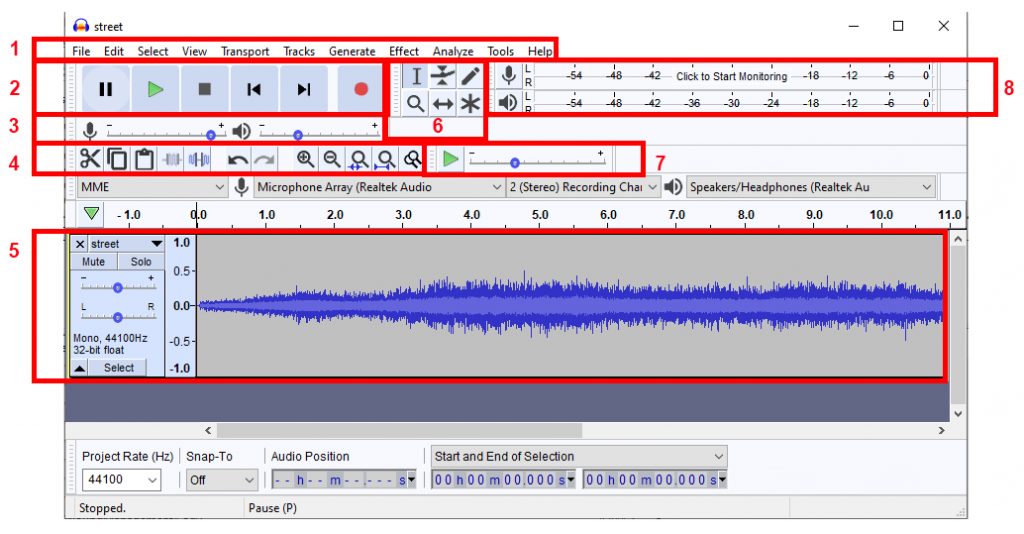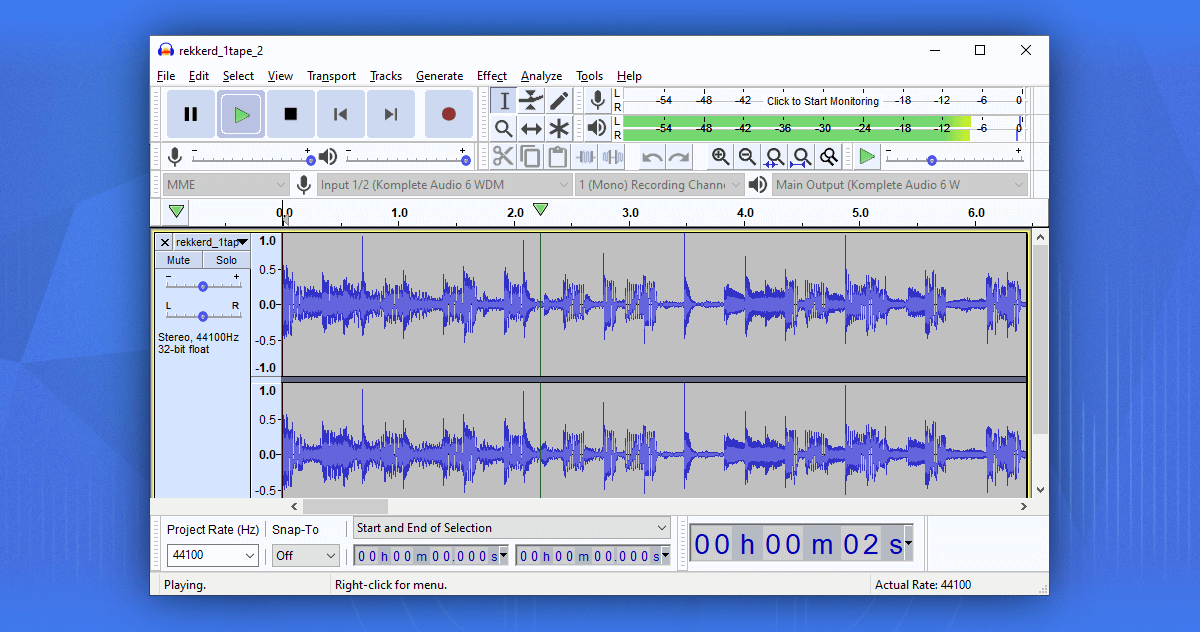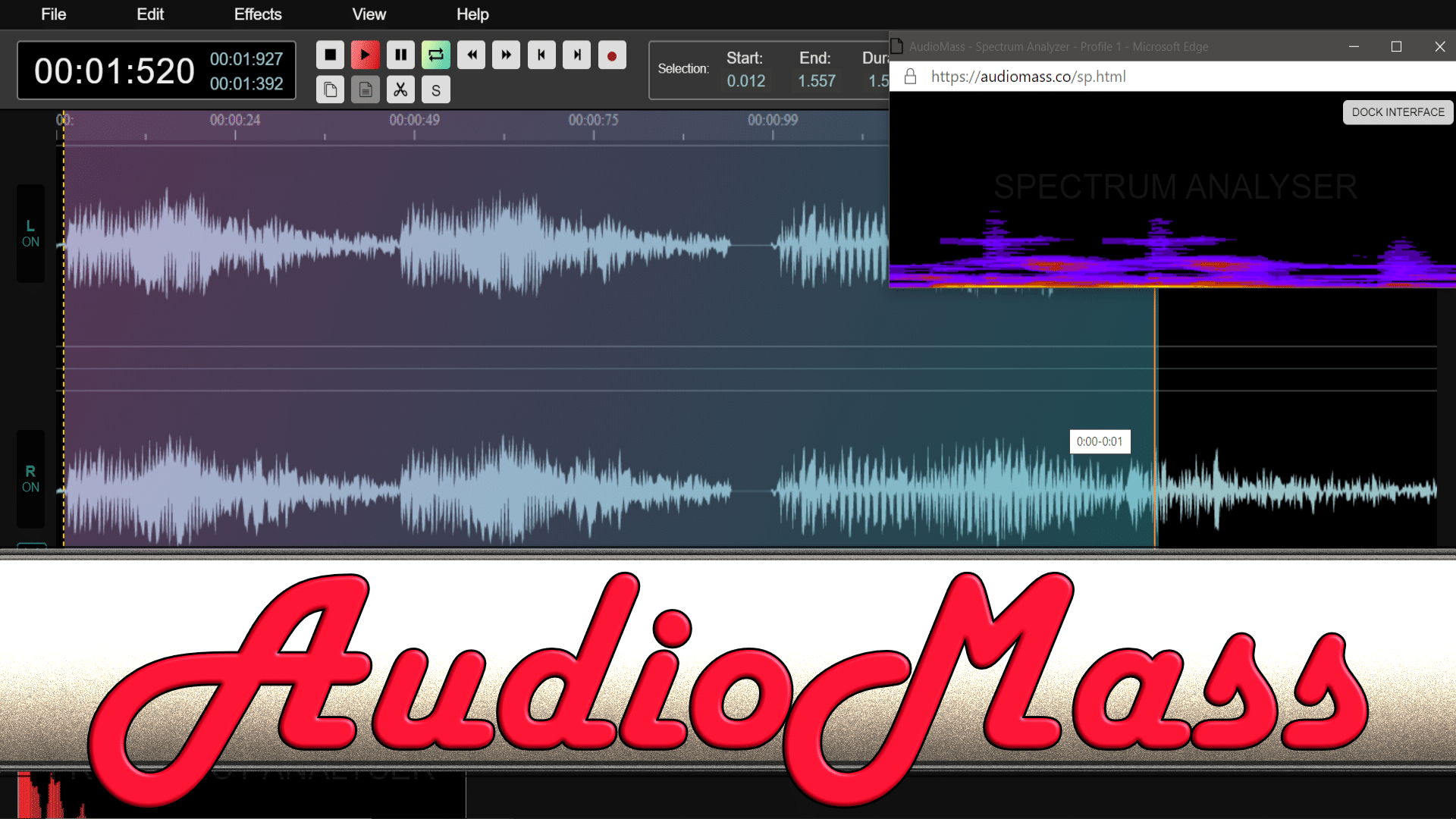

- Open source editor audacity has become install#
- Open source editor audacity has become professional#
You will be joining an international, cross-functional team that is distributed across geographies and time zones.
Open source editor audacity has become install#
For Windows and macOS, you can go to the LAME download page and download the library and install as you would any other program.Audacity is a free and open-source digital audio editor and recording application software, available for Windows, macOS, Linux, and other Unix-like operating systems.Īudacity has been downloaded over 200 million times and is used by a diverse audience of musicians, podcasters, researchers, live streamers, and teachers, as well as more casual audiences who just need a simple audio editing tool. The LAME library is easy to install on most systems. It is shown in my options, because I installed the LAME MP3 encoding library so that I can export audio files into the MP3 format. Note that MP3 is not available by default. Doing so opens a dialog (Figure 9), prompting you to select a file type.

To save your file as a completed audio file, select File | Export Audio. You can save your project and still export the audio for playback on other devices. This will save your tracks just as they are now and will preserve your edit history as well.

If you need to save your project and come back to it later, preserving your edits and history, select File | Save Project. For example, if you attach an external microphone and then start Audacity, you can use the external microphone for a recording, switch to the onboard microphone, and continue recording without closing and reopening.įigure 8: Separating tracks into left and right channels.Īfter you’ve perfected your audio file, you’ll want to save it. Once attached, you can switch among hardware without closing and reopening. Reopen Audacity, and the new hardware should appear in the Microphone and Speaker lists (see Figure 2 and Figure 3). Attach your microphones, headsets, or other audio devices. Generally speaking, Audacity will not recognize any hardware plugged in while it’s active. One of its quirks is that you should attach record and playback hardware before you start Audacity. However, Audacity does have some quirks that you need to be aware of as you work with it. There are plenty of online examples, videos, and demonstrations available. It only takes a little practice to become proficient with the interface and all of the functions. Working with Audacity is fun, and it’s very easy. Mixing and rendering with a single menu option.Import from and export to multiple file formats.A lot of standard effects (e.g., Fade In, Fade Out, and Truncate Silence).Compatibility with a wide range of hardware.Write your own plugin effects with Nyquist.Add numerous effects including changing the speed or pitch of a recording.Cut, copy, splice, or mix sounds together.Export and import AC3, M4A/M4R (AAC), WMA and other formats using optional libraries.Edit WAV, AIFF, FLAC, MP2, MP3 ,or Ogg Vorbis sound files.Convert tapes and records into digital recordings or CDs.Record computer playback on any Windows Vista or later machine.
Open source editor audacity has become professional#
To my surprise, I found a local professional recording studio that uses it.Īudacity's official features include the ability to: I’ve seen everyone from podcasters, bloggers, journalists, home recording artists, video editing professionals, and filmmakers use Audacity. Figure 1: The Audacity interface showing two stereo audio clips in the editor.


 0 kommentar(er)
0 kommentar(er)
